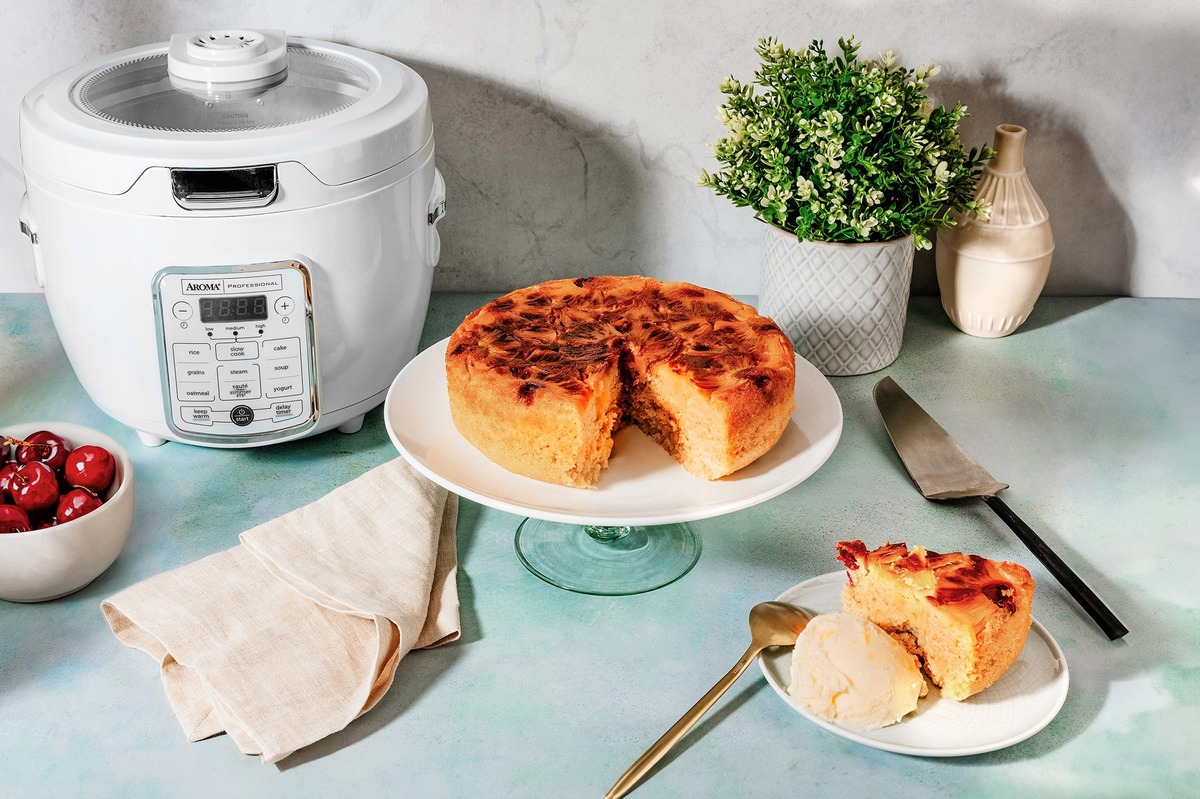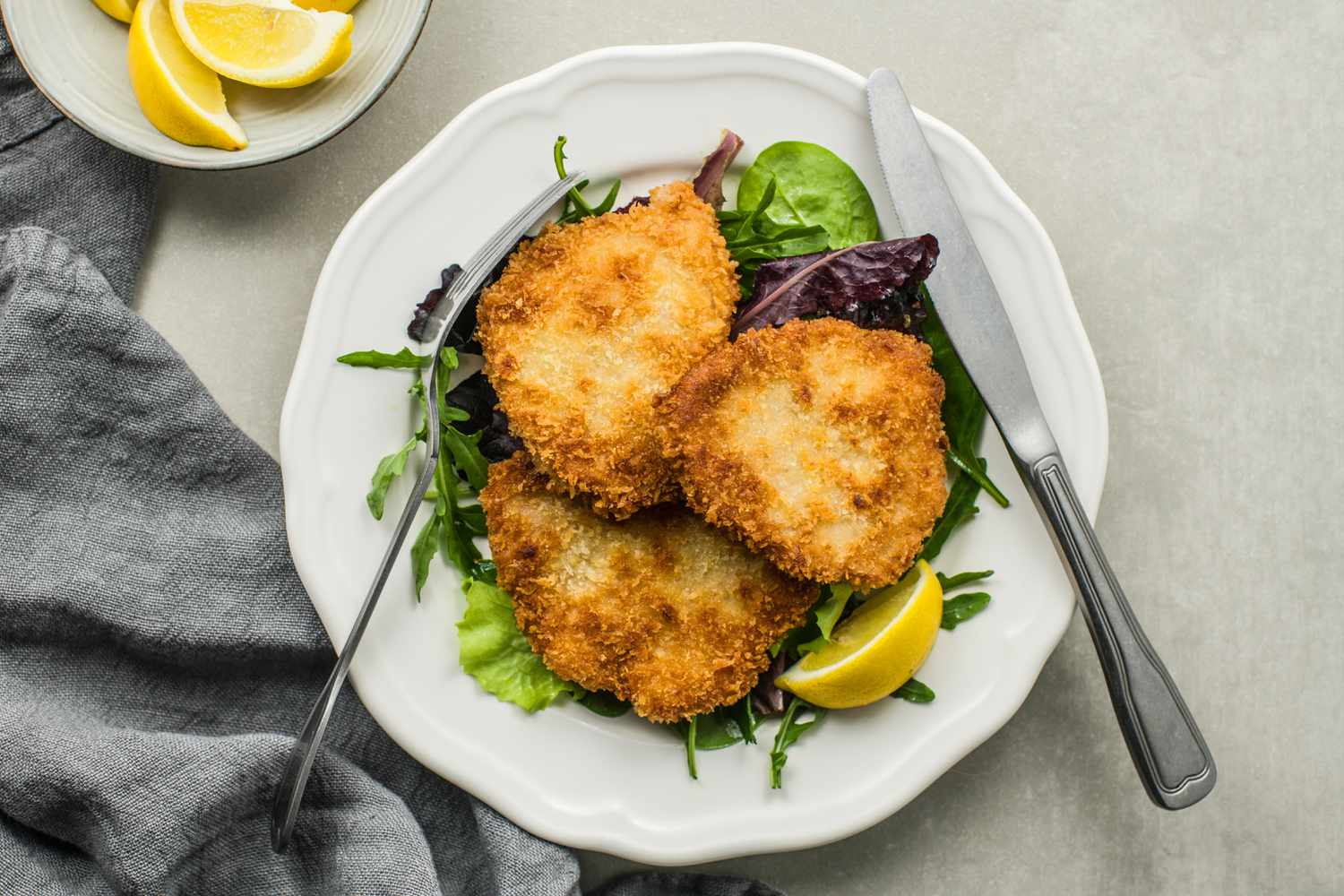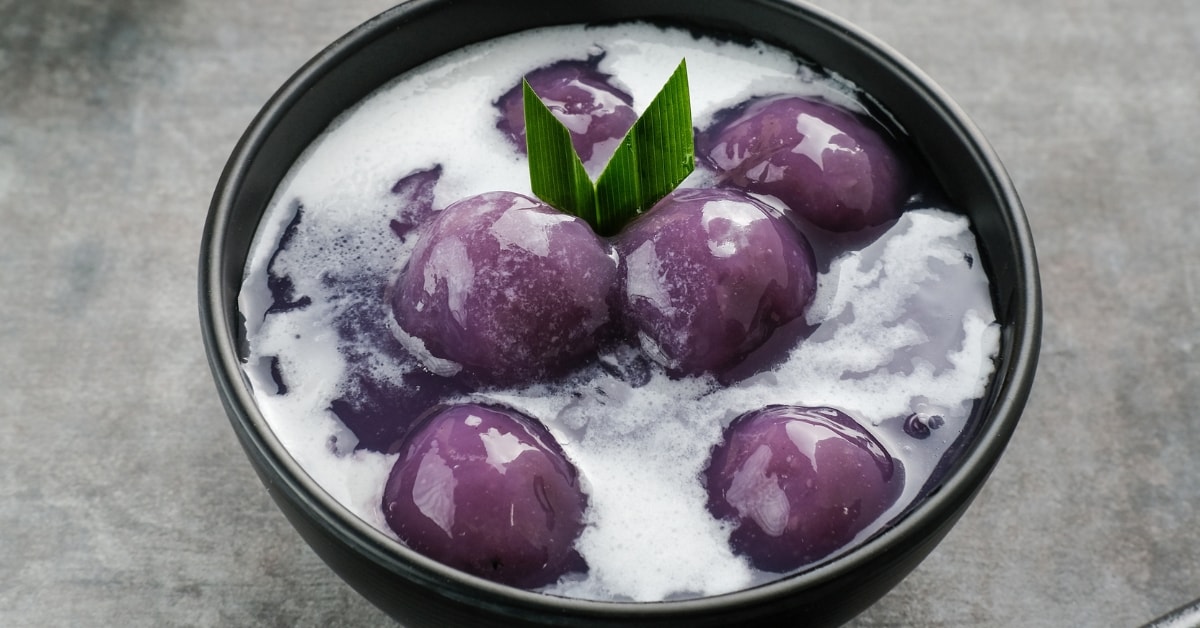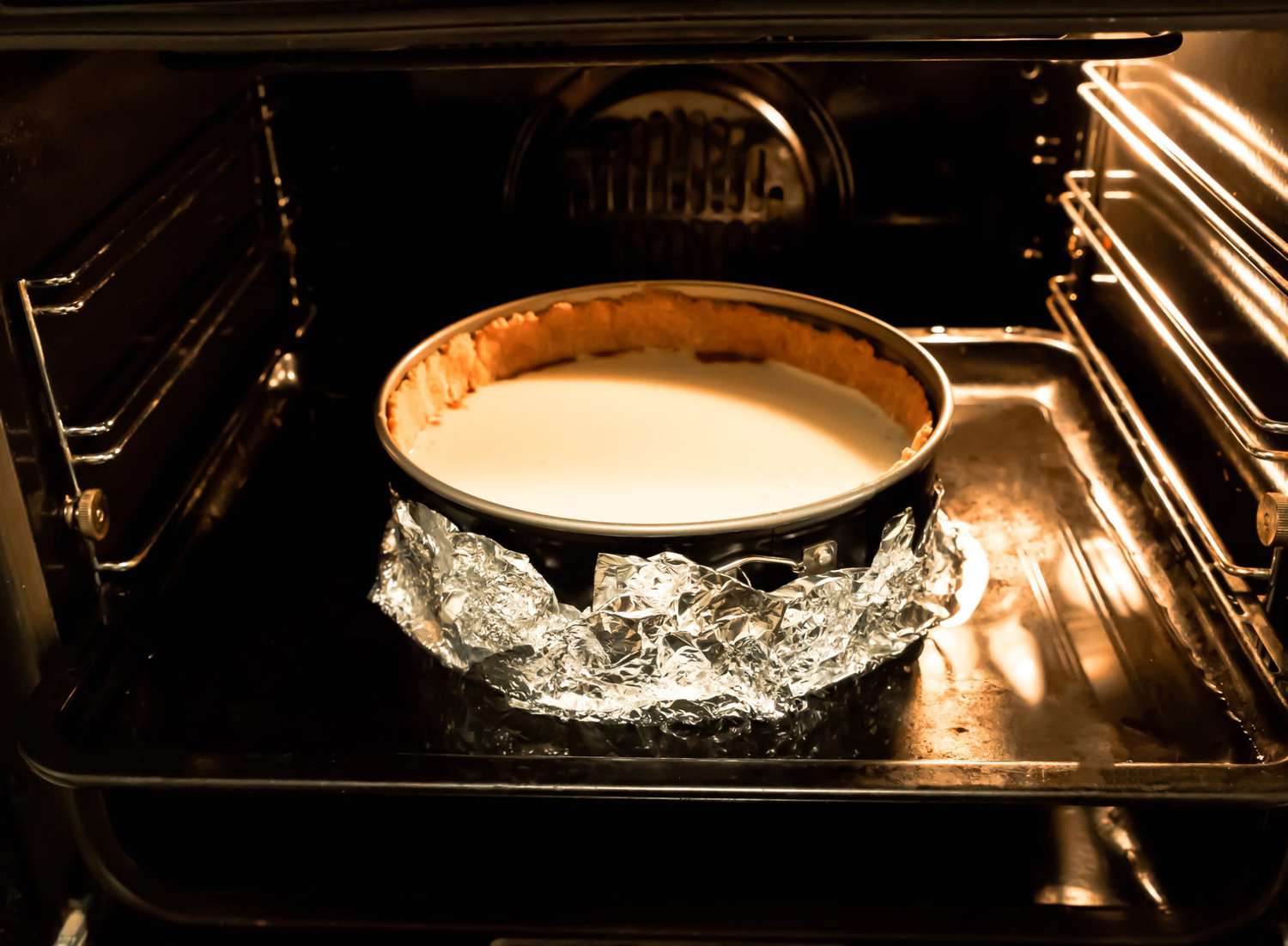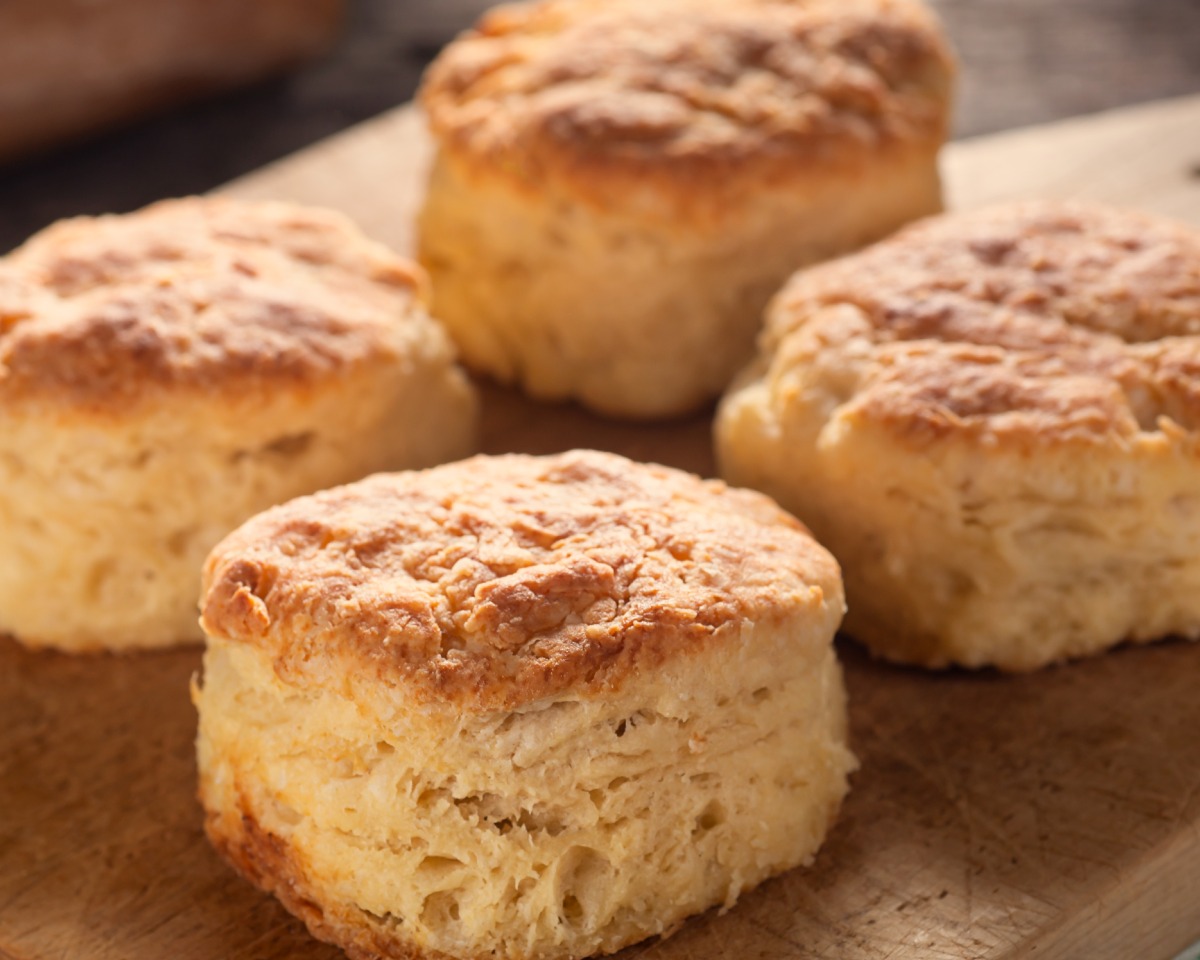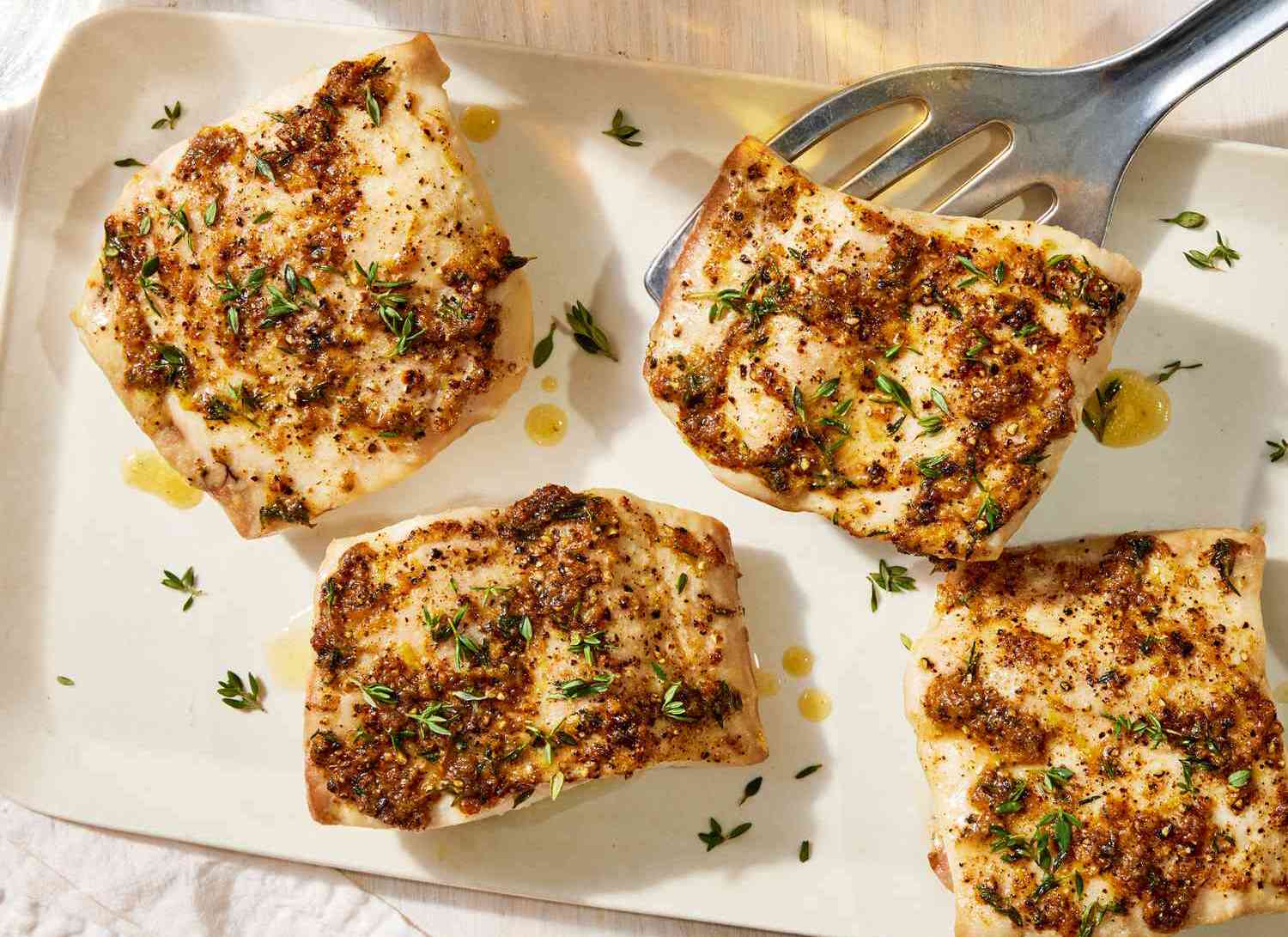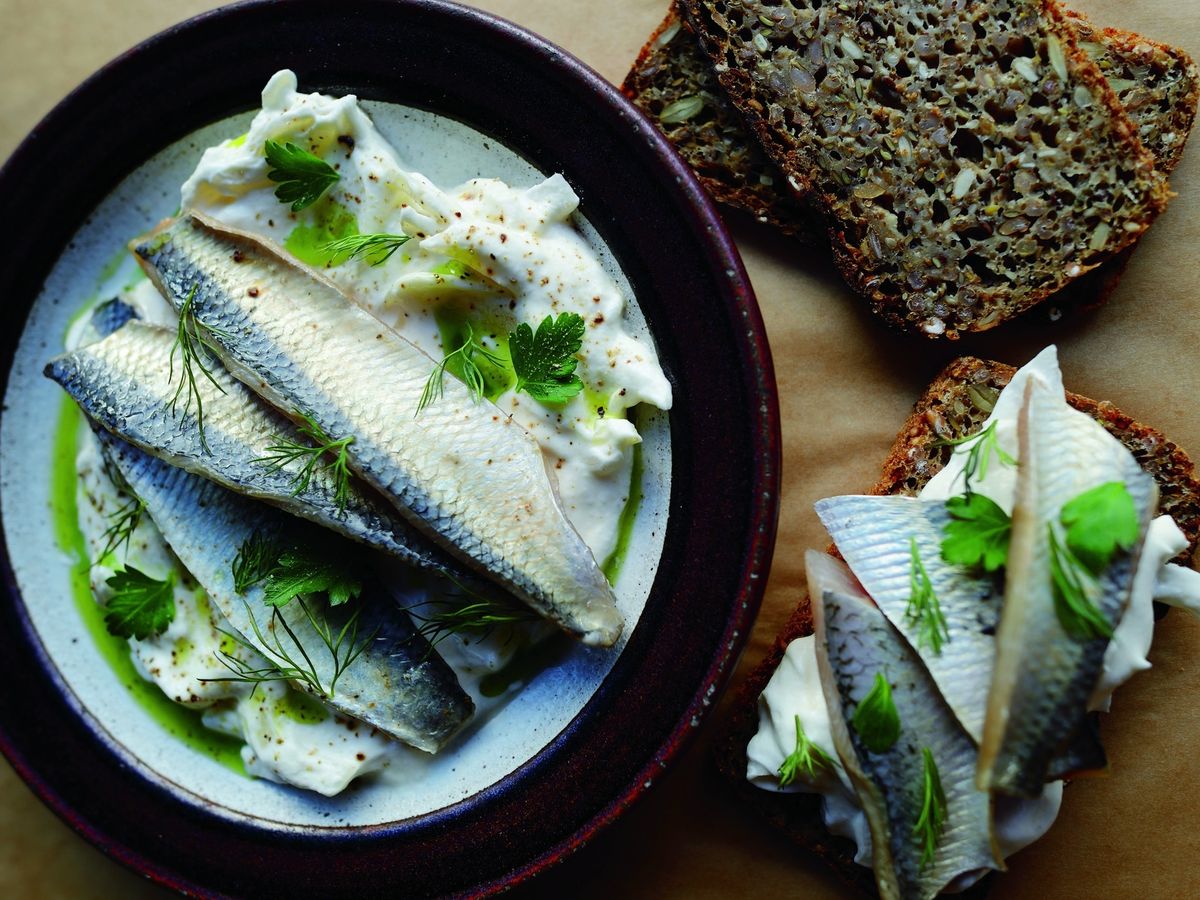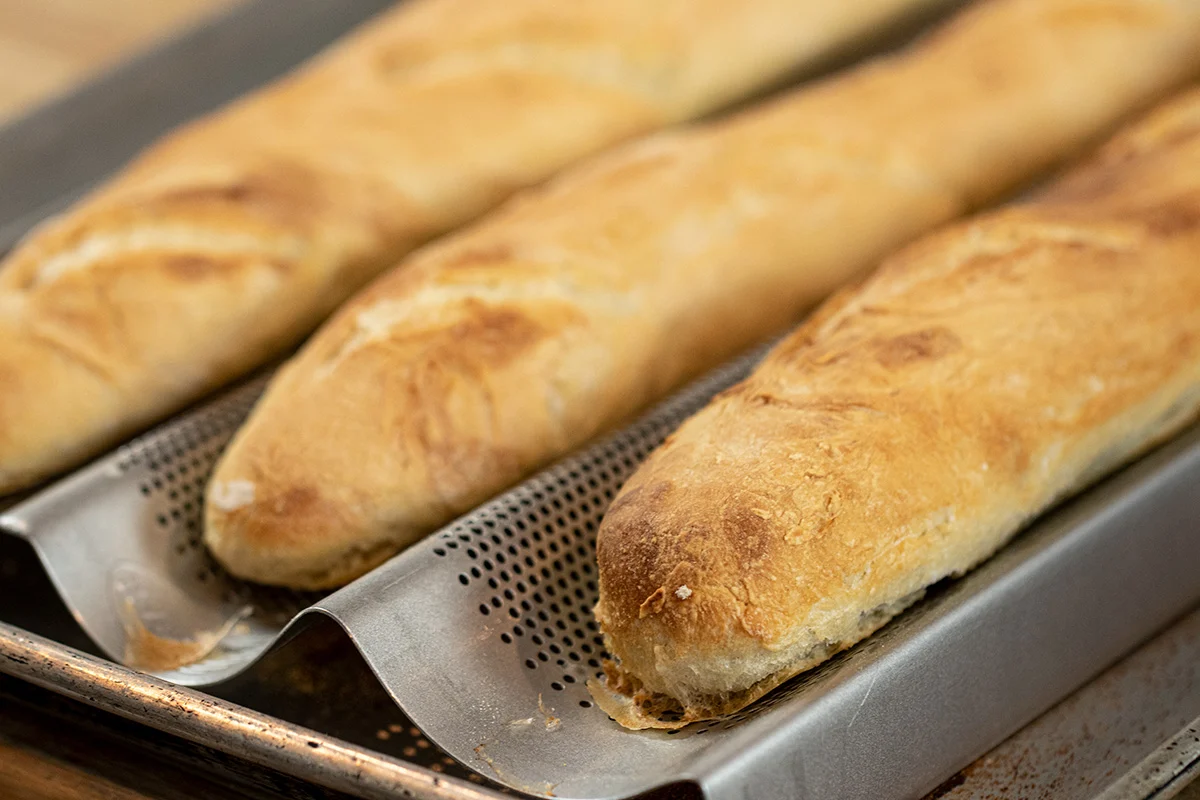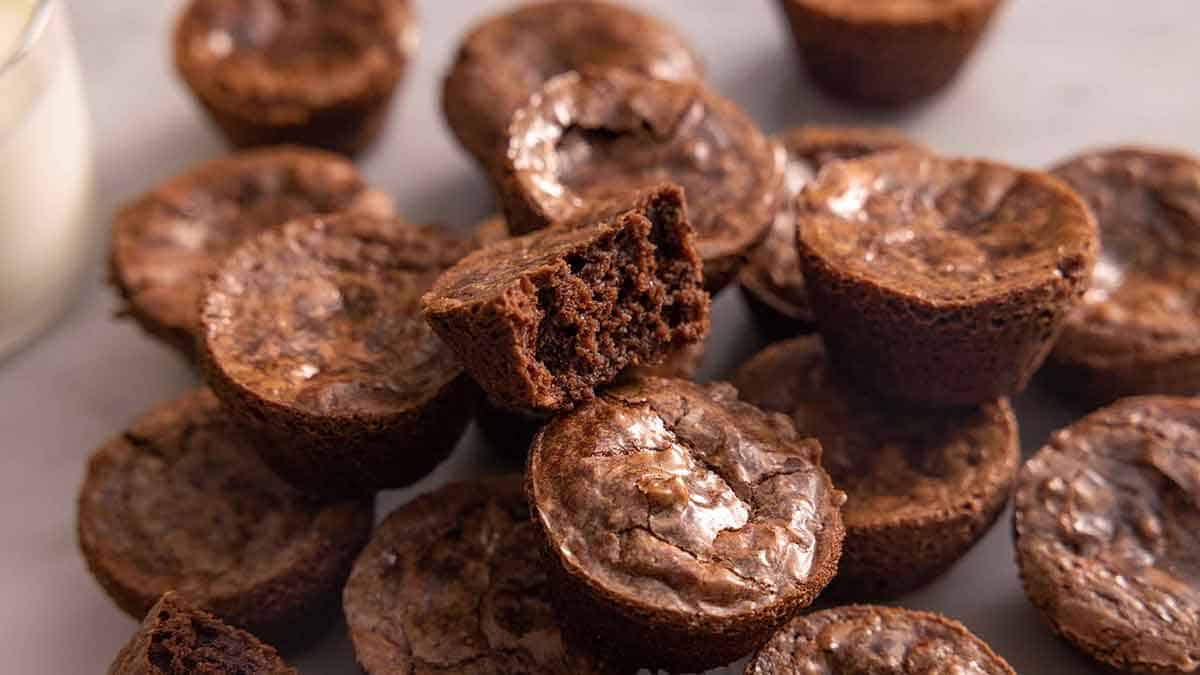Mastering the Art of Baking with Silicone Molds
Are you looking to elevate your baking game? Silicone molds are a versatile and convenient tool that can help you create stunning and professional-looking baked goods. Whether you’re a seasoned baker or just starting out, using silicone molds can open up a world of possibilities in the kitchen. In this guide, we’ll explore the ins and outs of baking with silicone molds and provide you with tips and tricks to achieve perfect results every time.
Choosing the Right Silicone Mold
When it comes to baking with silicone molds, selecting the right mold for your recipe is crucial. Here are some key factors to consider when choosing a silicone mold:
- Size and Shape: Consider the size and shape of the mold based on the recipe you plan to make. Whether you’re baking cupcakes, muffins, or intricate pastries, there’s a silicone mold designed for every purpose.
- Material Quality: Opt for high-quality, food-grade silicone molds that are BPA-free and heat-resistant. This ensures that your molds are safe to use and can withstand the heat of the oven.
- Flexibility: Look for molds that are flexible and easy to demold, allowing you to release your baked creations effortlessly.
Prepping Your Silicone Mold
Before you start baking, it’s essential to prepare your silicone mold to ensure the best results. Here’s how to prep your mold for baking:
- Wash and Dry: Thoroughly wash your silicone mold with warm, soapy water and dry it completely before use. This helps remove any dust or residue from the manufacturing process.
- Grease or Spray: Depending on the recipe, lightly grease or spray the inside of the mold with a non-stick cooking spray or brush it with a thin layer of oil. This step is especially important for intricate molds to ensure easy release of the baked goods.
Baking Tips for Silicone Molds
Now that your silicone mold is prepped and ready, it’s time to start baking. Here are some essential tips to keep in mind for successful baking with silicone molds:
- Even Heat Distribution: Place your silicone mold on a sturdy baking sheet before filling it with batter. This provides stability and ensures even heat distribution during baking.
- Monitor Baking Time: Keep an eye on your baked goods as they cook, as silicone molds may require slightly less time in the oven compared to traditional metal pans. Use a toothpick or cake tester to check for doneness.
- Cooling and Demolding: Allow your baked creations to cool in the silicone mold for a few minutes before gently pressing on the bottom of the mold to release them. The flexibility of silicone makes demolding a breeze.
Cleaning and Storing Your Silicone Molds
Proper care and maintenance of your silicone molds will ensure their longevity and performance. Here’s how to clean and store your silicone molds:
- Hand Wash: Clean your silicone molds by hand using mild dish soap and a sponge or soft brush. Avoid abrasive cleaners or scouring pads that could damage the surface of the mold.
- Air-Dry: After washing, allow the silicone molds to air-dry completely before storing them. This helps prevent moisture buildup and potential mold growth.
- Store Flat or Rolled: To maintain the shape of your silicone molds, store them flat or rolled up in a dry, cool area. Avoid stacking heavy objects on top of the molds, as this can cause deformation.
Unlock Your Baking Potential with Silicone Molds
With the right techniques and a bit of creativity, baking with silicone molds can take your culinary creations to the next level. Whether you’re crafting intricate pastries, adorable cupcakes, or elegant desserts, silicone molds offer endless possibilities for home bakers. By choosing high-quality molds, prepping them properly, and following essential baking tips, you’ll be well on your way to mastering the art of baking with silicone molds.
So, next time you’re in the kitchen, don’t hesitate to reach for your silicone molds and let your imagination run wild. Happy baking!
More Delicious Recipes to Try with Your Silicone Mold
After mastering the art of baking with silicone molds, why not put your new skills to the test with an array of delightful recipes? From the decadent Decadent Chocolate Lava Cakes to the zesty Zesty Lemon Bundt Cake, there's a dish for every palate. We recommend starting with the Classic Blueberry Muffins for a classic treat, or the Bite-sized Mini Cheesecakes for bite-sized indulgence. For those seeking savory options, the Savory Meatloaf Perfection and Delightful Quiche Lorraine are excellent choices to utilize your silicone molds in versatile ways. Each recipe provides a unique way to enjoy the benefits of silicone bakeware, ensuring even cooking and effortless release of goods.
Was this page helpful?
Read Next: How To Bake A Cake On A Gas Cooker
